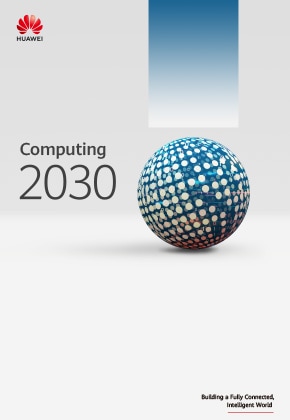This site uses cookies. By continuing to browse the site you are agreeing to our use of cookies. Read our privacy policy
Data Storage 2030
Indicator prediction
Continuous innovation in computing power supply and breakthroughs in challenging resource constraints will become the main theme of data center development in the future

1 YB of data is expected to be generated globally each year, and more than 80% of it will be unstructured

100% of mass hot data will be stored on SSDs

More than 60% of enterprises will need to be able to access active archived data at least once a day

More than 80% of cloud and Internet enterprises will use the diskless reference architecture

More than 75% of endpoint data, 80% of edge data, and 90% of data in core data centers will be processed by AI in real time

Over 80% of enterprises are expected to deploy multi-layer ransomware protection systems which cover the storage systems





















